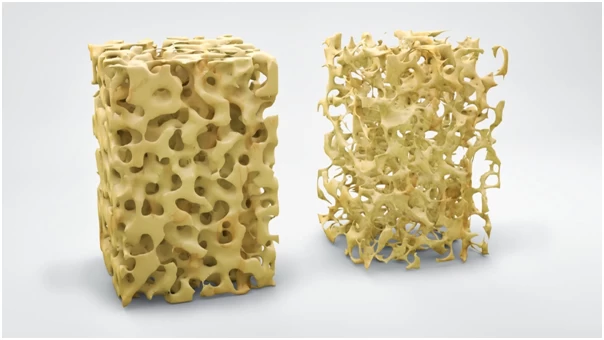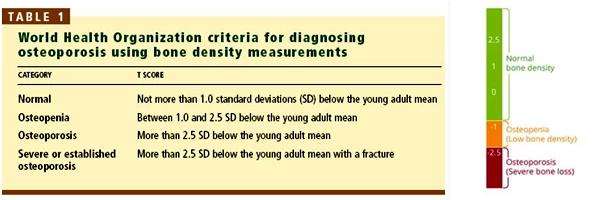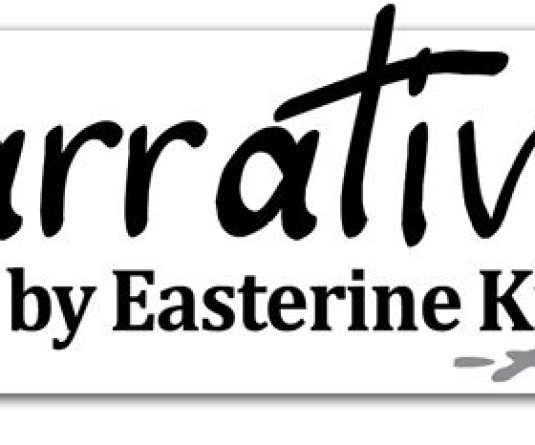Dr Nungdilong (Ms Orhtopeadics)
Consultant, Department of Orthopaedics, CISHR
Osteoporosis is a very common disease that prevails in the elderly, especially in females after they have attained menopause. It develops as a result of decrease in the mineral density of bones, and subsequent changes in its structure and strength. The decrease in bone strength frequently results in pathological fractures, typically known as fragility fracture. Fragility fracture occurs when a bone breaks as a result of minor injury, such as falling from a standing height or less, which otherwise would not have occurred in a normal bone.
There are various factors which increase the likelihood of developing osteoporosis, including dietary insufficiencies, hormonal imbalance, early menopause, long term use of certain medications and lifestyle habits such as smoking and alcohol consumption and lack of exercise. Post-menopausal women are at higher risk of developing this condition as compared to men. Medications such as steroids, anti epileptics and certain anti-cancer drugs are known to cause osteoporosis on prolonged usage.

Osteoporosis is a “silent” disease because it does not typically manifest symptoms in its initial stages, and one may not be even aware of the disease until fragility fracture occurs. It is the major cause of fractures in postmenopausal women and in older men. Fractures can occur in any bone but happen most often in bones of the hip, vertebrae in the spine, and wrist. Fracture in the spine frequently presents as back pain after a trivial trauma.
The most common test for measuring bone mineral density is a Dual-Energy X-ray Absorptiometry (DEXA Scan).It is a quick, painless and non-invasive test. The bone density around the hips, wrist and the spine is measured during this test as these are the most common sites for fragility fracture. An average score, known as T-score is given, which can be interpreted as per the table given below. All women over the age of 65 or those with risk factors are advisable to undergo this test for screening.
Prevention
A good nutrition and regular physical exercise are essential for keeping bones healthy throughout life. The main component of bones is minerals (50-70%), in the form of Calcium crystal(Hydroxyapatite). About 99% of the body’s calcium is stored in the bones and teeth. The remainder is present in the blood and serves many vital functions in the body, including muscle contractions, blood clotting and maintaining heartbeat. The human skeleton acts as the bone bank for calcium in our body and is “deposited” and “withdrawn” daily, based on the body’s requirement. If daily recommended amount is not met, calcium stores from the bones are gradually depleted resulting in decreased bone density.
An adult above the age of 18 years requires about 1,000 milligrams of calcium per day. It increases to about 1,200 milligrams when women turn 50 and men turn 70. The daily required amount is slightly higher in growing age-groups from 9-18 years (about 1,300 milligrams) and breast-feeding mothers. Good sources of calcium in diet include- Milk and milk-products like paneer, cheese and curd;dark green leafy vegetables, soya beans, chick peas, almonds, figs, oranges and eggs. Taking calcium supplements may be considered if there’s difficulty to obtain enough calcium from diet. It is recommended that total calcium intake, from supplements and diet combined, should be no more than 2,000 milligrams daily.

Vitamin D is another essential micronutrient for bone-health which is required for absorption of calcium from the gut. The daily requirement of vitamin D in diet is about 600 international units (IU) a day. That recommendation increases to 800 IU a day after age 70. In the human body, it is synthesised from a derivative of cholesterol in the skin on exposure to sunlight. However, this may not be sufficient in places where there is inadequate sunlight; and in people with dark complexion or use of sunscreen because of poor penetration of UV rays. About 15-30 minutes of sunlight exposure is enough for most people, though it varies with skin colouration and total skin areas exposed. Good dietary sources of vitamin D include cod liver oil, fish, milk, egg yolk and fortified cereals and mushrooms.
Regular exercise helps to build and maintain a good overall bone health, and slows bone loss with age. Exercise generally benefits your bones no matter when it is started, but the most benefits are gained if initiated from a young age and continued throughout life. Combining strength training exercises with weight-bearing exercises is ideal- strength training helps strengthen muscles and bones in your arms and upper spine while weight-bearing exercises such as walking, jogging, running, stair climbing, skipping rope, skiing and impact-producing sports, affect mainly the bones in your legs, hips and lower spine.
In an individual with an established case of osteoporosis confirmed on scanning, there are various treatment options available. The treating doctor usually tailors the treatment regime according to the patient profile and associated co-morbidities. Medicines such as Bisphosphonates, Calcitonin nasal spray, Teriparatide injections and RANK ligand (RANKL) inhibitors are the various options available for treatment. Most of these medicines act by inhibiting bone resorption in the body, while Teriparatide, which is an analogue of Parathyroid hormone (PTH) stimulates new bone formation.






